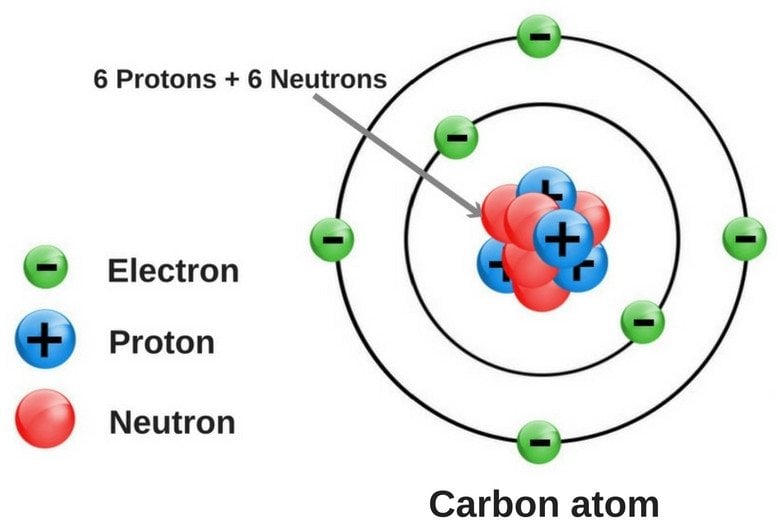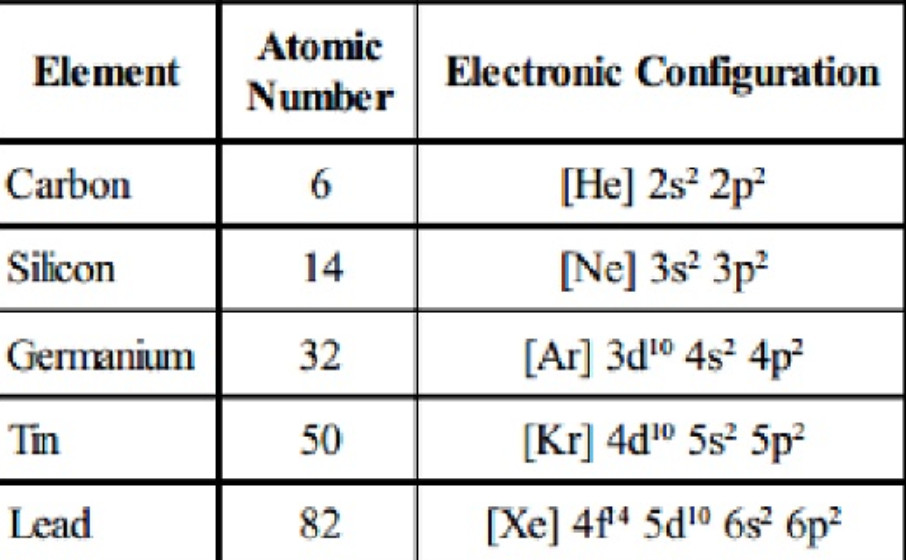

In the case of Velcade, a single boron atom within the molecule binds to the catalytic site of the most common type of proteasome, called 26S, and blocks its action. Although other mechanisms are almost certainly involved, a crucial mechanism behind the immortality of many tumour cells is the degradation of proteins that would otherwise cause apoptosis. Various studies ( Almond & Cohen, 2002) have shown that proteasome inhibitors are potential cytotoxins, as they prevent the degradation of pro-apoptotic proteins.

The proteasome is a large barrel-shaped complex found in both the cytoplasm and the nucleus of eukaryotic cells, where it degrades unwanted and misfolded proteins.

Such drugs-whether they include boron or not-are in their infancy, partly because the exact mechanisms involved are still unclear.
Carbon electronic structure full#
Velcade was also approved by the European Medicines Agency (EMEA London, UK) in September 2008 for use in combination with two other drugs for newly diagnosed multiple myeloma patients.Īpart from breaking new ground for boron, Velcade is also one of the first proteasome inhibitors to be approved for full clinical use. The US Food and Drug Administration (FDA Bethesda, MD, USA) extended the use of Velcade to newly diagnosed myeloma patients in June 2008 previously, Velcade had been confined to severe cases in which there was no option other than to risk a new drug. The Japanese company Takeda (Osaka, Japan), which acquired Velcade through its takeover of Millennium in 2008, has reported that sales of the drug passed the US$1 billion mark in November 2008 after various regulatory approvals followed successful phase III clinical trials. The evidence so far supports this claim-the first clinically tested boron-based drug is Velcade ® (bortezomib Millennium Pharmaceuticals, Boston, MA, USA), which is used to treat multiple myeloma-the cancer of plasma cells. We saw ourselves just as an antibiotic company, but as we learned more, we realised that boron included in small molecules could be used in probably every single disease area.” “At that stage we had no idea what the broader potential of boron was. This serendipitous discovery led to the formation of Anacor a year later. “They randomly inserted boron and got good activity,” said David Perry, CEO of Anacor. Co-founders Lucy Shapiro and Stephen Benkovic began collaborating in 2001 to look for novel inhibitors of several newly identified bacterial target sites that, they thought, could lead to more effective antibiotics. Anacor was founded in 2002 to develop boron-based antibacterial drugs, but has since expanded into antivirals and other targets with its boron-based platform. Pharmaceutical companies have already increased their boron research, particularly GlaxoSmithKline (GSK Brentford, UK), which announced a US$2.5 billion investment in the US company Anacor (Palo Alto, CA, USA) in November 2008.
Carbon electronic structure series#
…both researchers and the pharmaceutical industry are showing an increasing interest in boron as an alternative to carbon in drug designĪ series of recent scientific and commercial developments indicate that boron-based compounds are interesting drug candidates against all disease categories and might even speed up drug development.


 0 kommentar(er)
0 kommentar(er)
